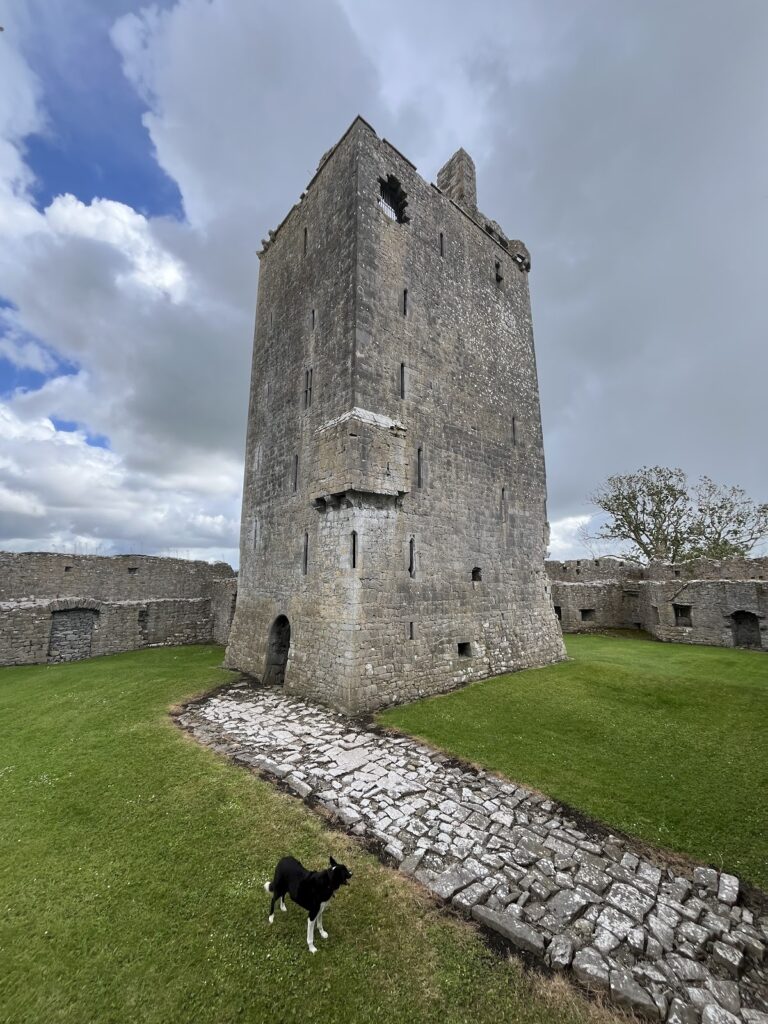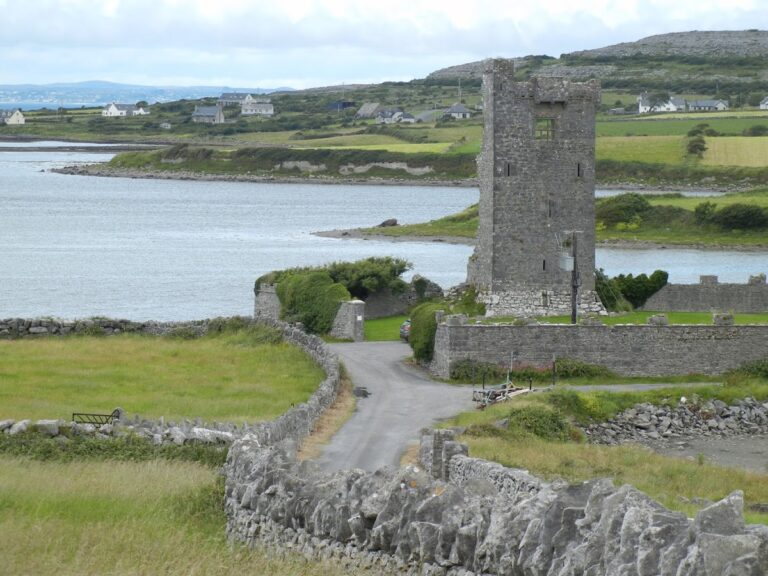Fiddaun Castle: A 16th Century Gaelic Tower House in County Galway, Ireland
Visitor Information
Google Rating: 4.8
Popularity: Very Low
Google Maps: View on Google Maps
Official Website: www.visitgalway.ie
Country: Ireland
Civilization: Unclassified
Remains: Military
History
Fiddaun Castle is situated in the area of Fiddaun within County Galway, Ireland. This tower house was built by the Gaelic Irish during the mid-16th century, a period marked by the construction of many such fortified residences across the country.
The castle is closely linked with the O’Shaughnessy family, a notable Gaelic lineage within the region formerly known as the kingdom of Uí Fiachrach Aidhne. Evidence suggests that the construction of Fiddaun Castle was most likely overseen by Sir Roger Gilla Dubh Ó Seachnasaigh, who stands as the earliest known occupant of the site. Its name originates from the Irish phrase “Fiodh Duin,” which translates to “wood of the fort,” indicating the castle’s setting amid wooded terrain and reflecting the common practice of naming places according to their natural features.
Throughout its history, Fiddaun Castle served as a stronghold for the O’Shaughnessy family, one of four castles connected to their holdings in this border region near County Clare. The structure played a role in the complex sociopolitical landscape of 16th century Ireland, where Gaelic families fortified their lands amid ongoing conflicts and shifting allegiances. Over time, the castle maintained its integral function as a defensive residence, emblematic of the family’s territorial presence.
Today, Fiddaun Castle is acknowledged as a National Monument of Ireland, attesting to its historical significance and the role it played in Ireland’s feudal past. While it stands on private property, the site is preserved under the care of the Office of Public Works, ensuring its protection as a heritage asset.
Remains
Fiddaun Castle survives as a well-preserved example of a mid-16th century Irish tower house, a type of fortified residence common in that era. The castle’s layout centers on a tower structure that housed living quarters, surrounded by defensive walls designed to protect its inhabitants. One of the most notable features still intact is the inner bawn, or enclosed courtyard, which formed a secure perimeter around the residential area. This enclosure would have been vital for both defense and managing daily activities within a protected space.
Positioned between two lakes, Lough Doo and Lough Aslaun, near the village of Tubber, the castle is integrally connected to its natural surroundings. Its location not only afforded strategic benefits but also linked the residence with natural resources and routes in the landscape. The surviving walls of the inner bawn are remarkably complete, constructed of traditional stone masonry typical of Irish tower houses from that period. This sturdy construction has allowed the enclosure to remain largely intact through centuries of exposure.
While no inscriptions, decorative carvings, or specific archaeological finds have been documented at the site, the castle’s preserved defensive walls and residential chambers provide valuable insight into the living arrangements and fortification methods employed by the Gaelic lords of the time. Fiddaun remains an important example of the material heritage left by the O’Shaughnessy family and the Gaelic tradition of fortified architecture in Ireland.







